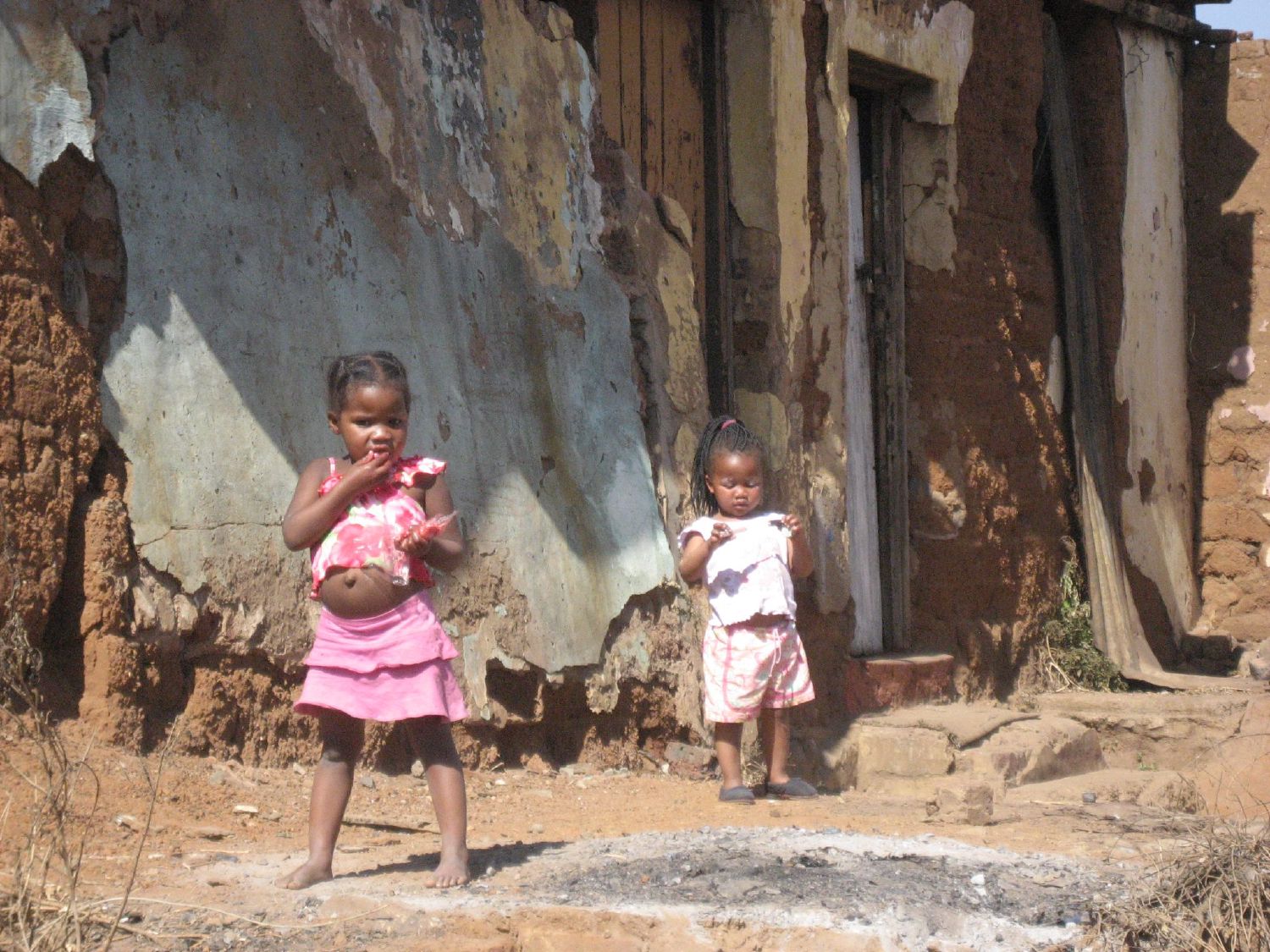
Despite the bad wrap and the inconvenience of being a tourist in Johannesburg, a trip there is well worth it to be able to visit Soweto and spend time in the Apartheid Museum. I would recommend, however, that you do not visit both in the same day like we did. It’s a tremendous amount of information and emotion to absorb in one day.

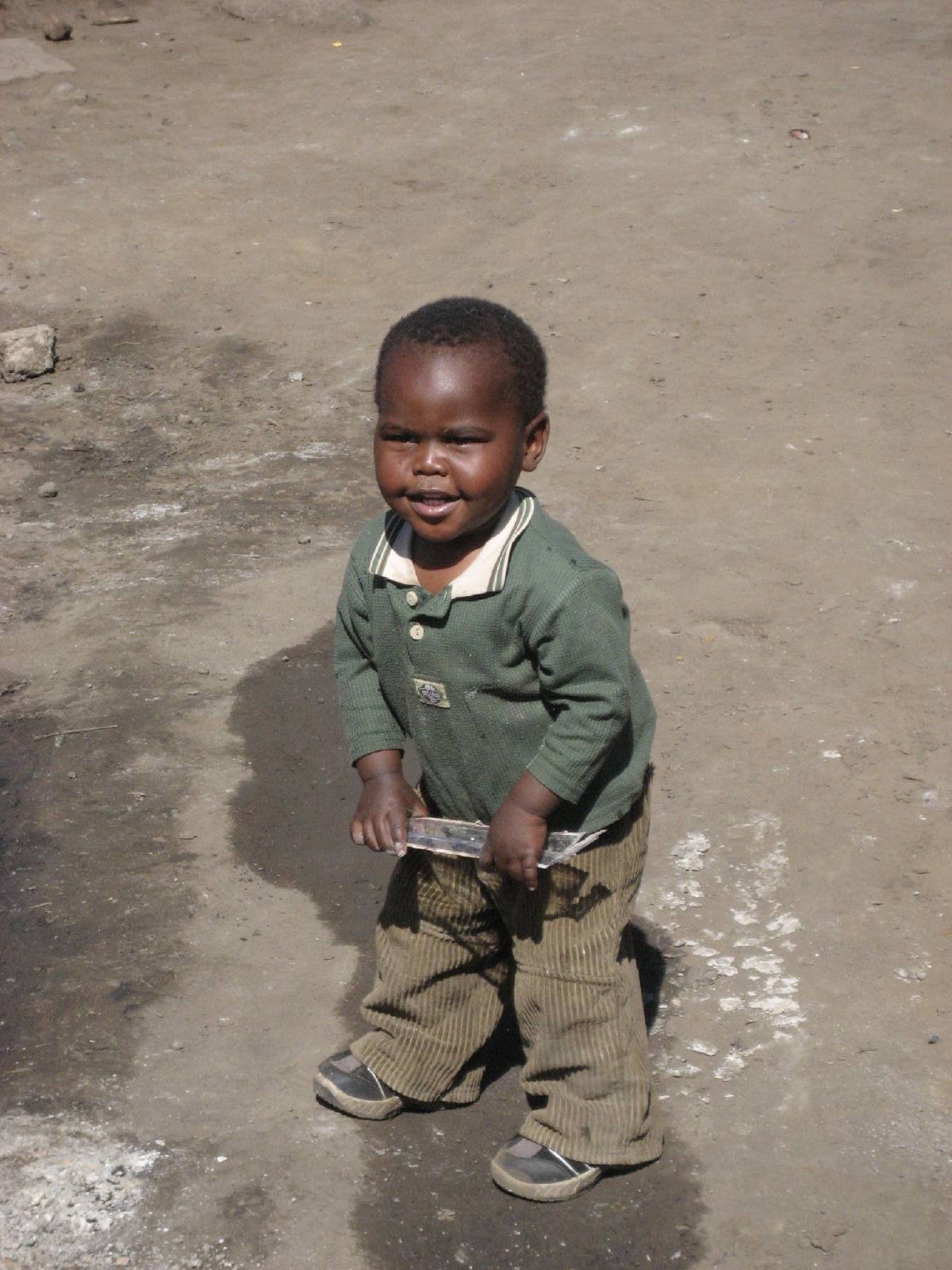

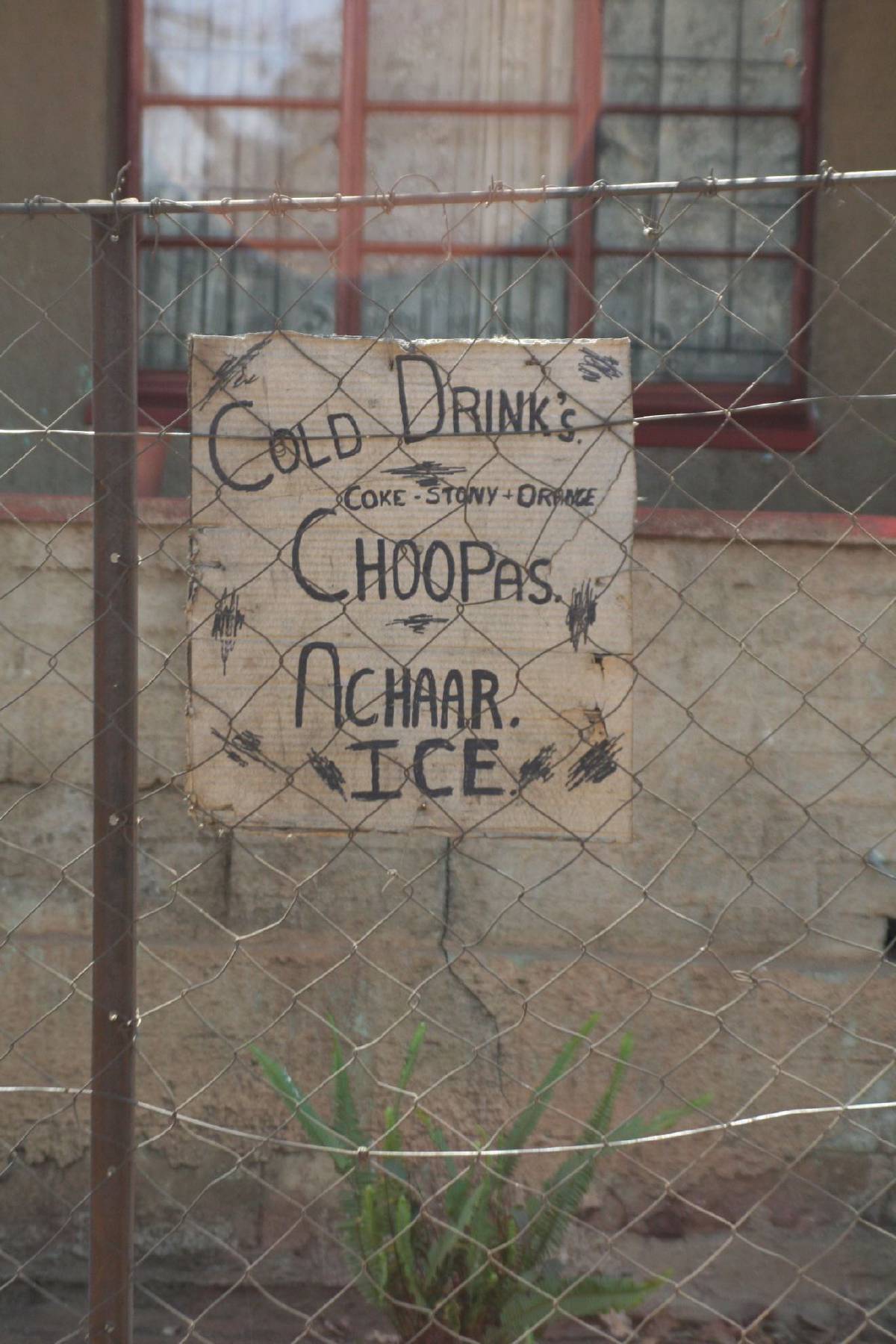
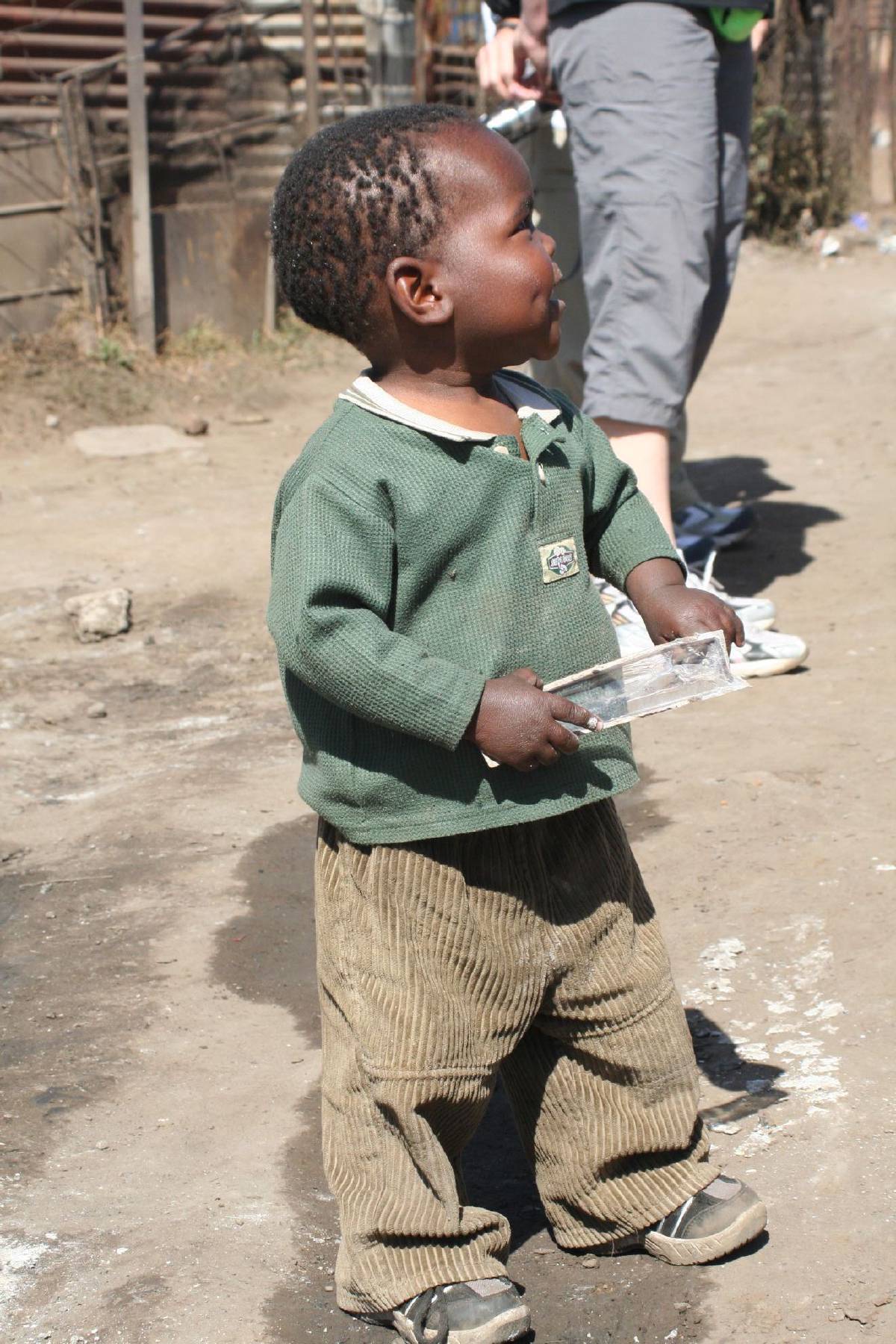
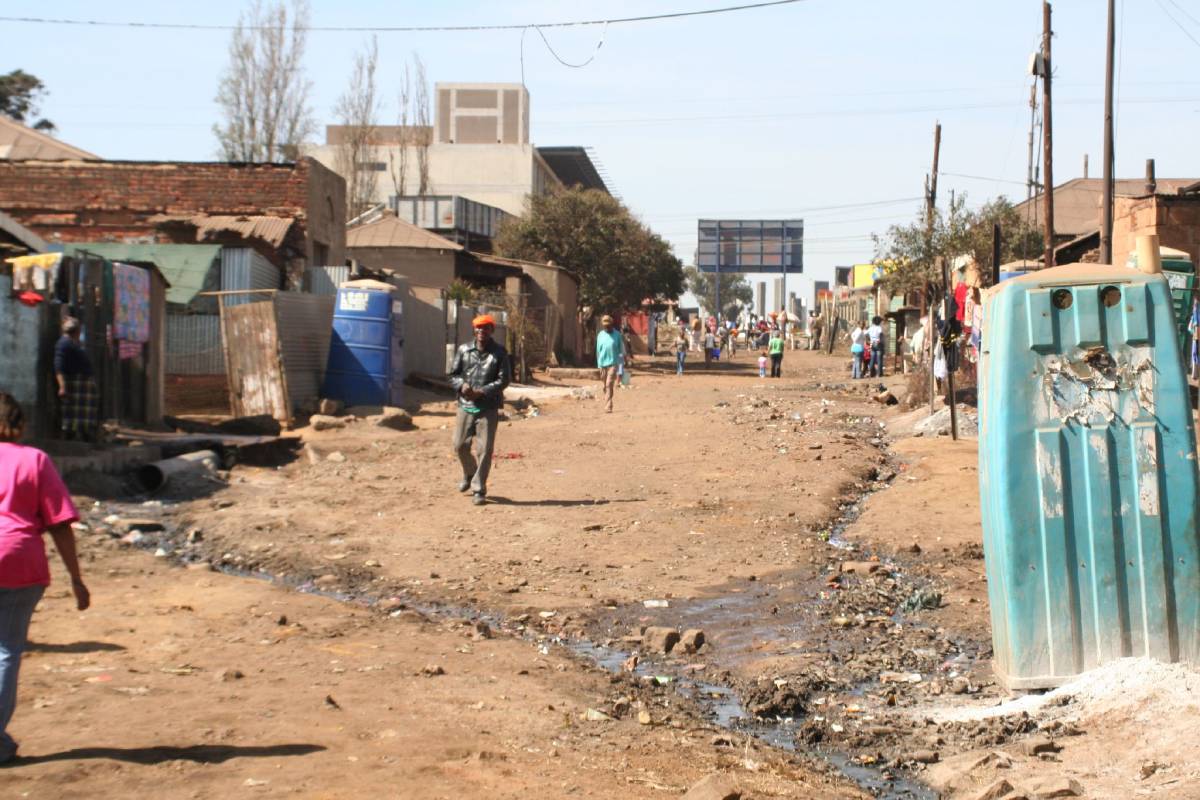
We visited quite a few landmarks throughout Soweto, but one highlight was certainly walking through Kliptown with Bob and learning about his work with the SKY Foundation. Kliptown is one of several townships that make up Soweto (South Western Townships). At the surface it didn’t seem significantly different than some of the squatter settlements that I have visited in South America. People live in varied housing from more established brick houses to small tin shacks, the water and sanitation services are limited at best (there are 18 water faucets for 45,000 people!), and there appears to be some sense of community and self help support.
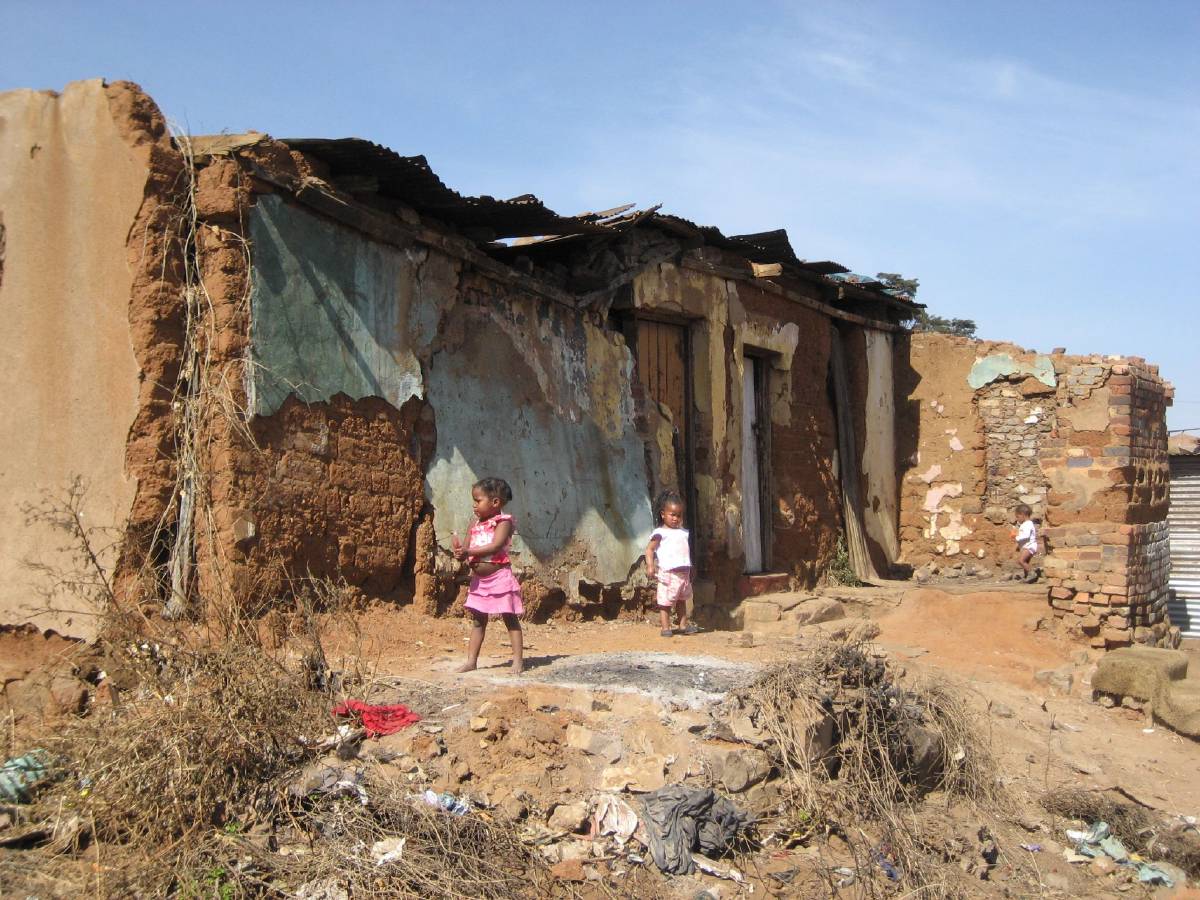

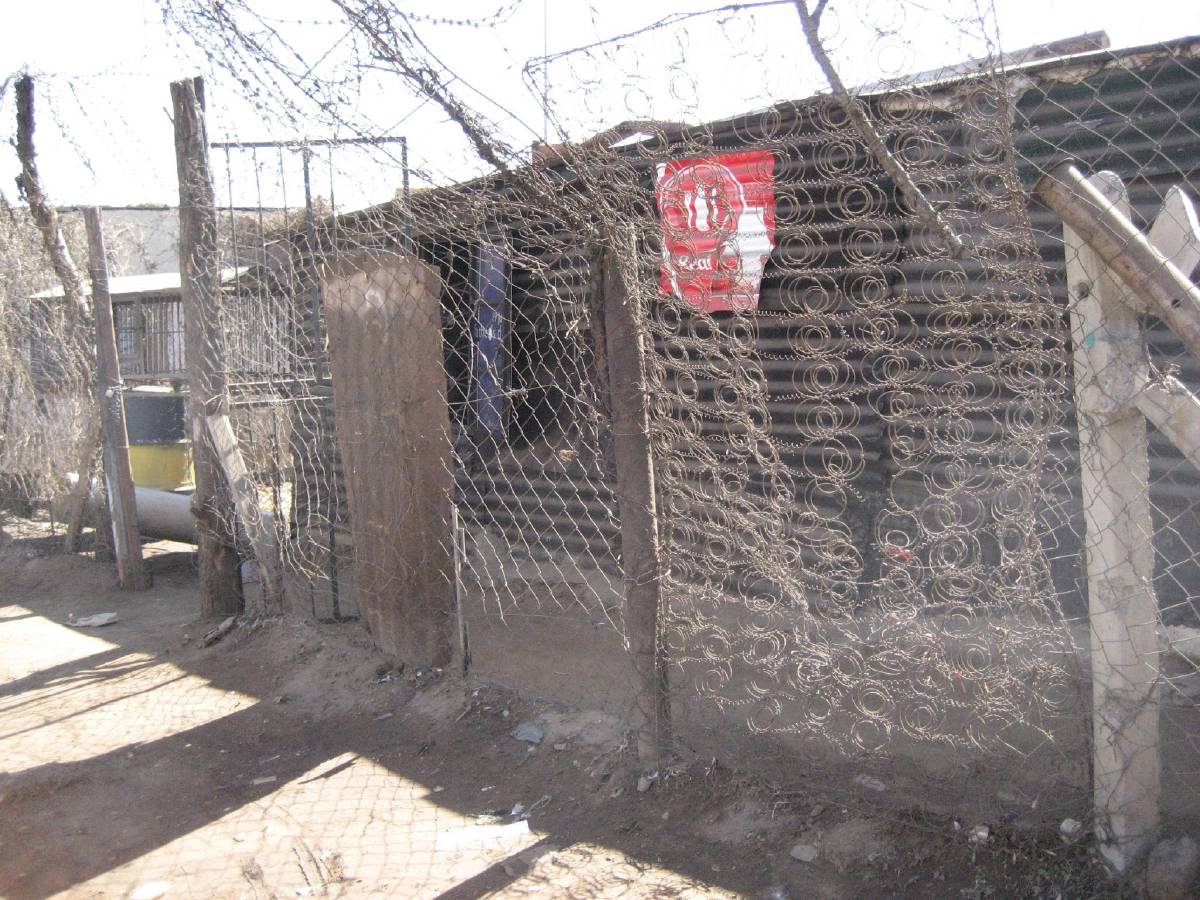

The real difference seems to be that the townships were intentionally set up as part of a state strategy. These communities are not just the result of people leaving the countryside to look for opportunity in an urban area. Some of the first inhabitants of Soweto were forcibly removed from Sophiatown, a vibrant black community closer to Johannesburg. Once the houses were bulldozed, a new white suburb replaced Sophiatown.
I’ll admit that for me, Soweto was just the name of a township where I imagined a lot of poor black folk live. I had no real sense of how it came to be or the important role that it played in the fight against apartheid. (Did I miss this day in school? Probably not.) Similarly, I can remember talk of apartheid and the boycotts against South Africa back in the 80s, but I could never have grasped the extent to which people were oppressed.
Though this trip is equal parts fun and adventure, it’s also been an opportunity to better understand other peoples' history and their struggles. No matter how much we learned (or didn’t learn) in school or by reading books, there’s no substitute for seeing, listening and experiencing first hand.